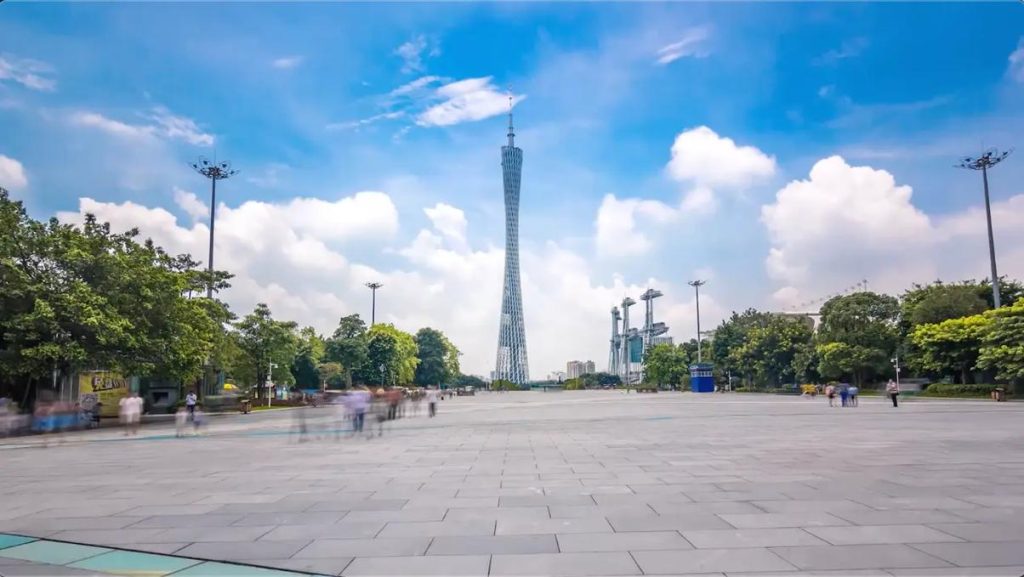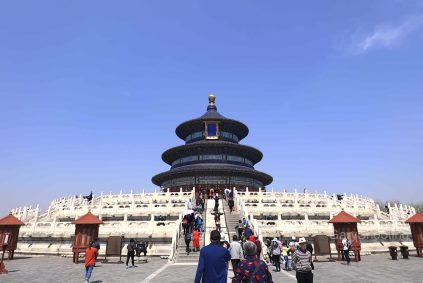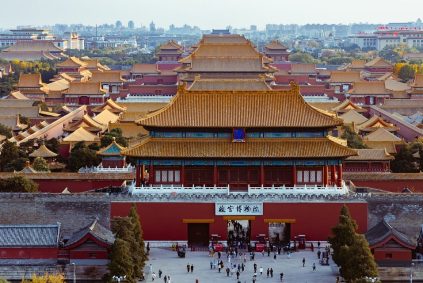Guangzhou Brick Carving: A Cultural Art Form Embedded in Lingnan Architecture
Historical Roots: From Ancient Origins to Modern Revival
Guangzhou’s brick carving tradition traces its origins to the Western Han Dynasty (206 BCE–9 CE), with archaeological evidence from the Nanyue King Tomb in Yuexiu District revealing bear-patterned hollow bricks that served as early prototypes. During the Tang Dynasty (618–907 CE), small-scale brick carvings adorned Buddhist temples, while the Song Dynasty (960–1279 CE) saw the emergence of multi-layered relief techniques. The art form flourished during the Qing Dynasty (1644–1912 CE), particularly in the 18th and 19th centuries, when prosperous trade along the Maritime Silk Road brought wealth to Guangzhou, fueling demand for elaborate decorative arts. However, the 20th century’s modernization wave led to a decline, with many traditional buildings demolished. A revival began in the late 20th century, driven by cultural preservation efforts and the recognition of brick carving as a provincial intangible cultural heritage in Guangdong.
Artistic Characteristics: Precision, Layering, and Symbolic Depth
Guangzhou brick carving is renowned for its “hanging-thread” technique, where lines are carved as thin as silk, creating intricate patterns that shimmer under sunlight. This method involves using specialized tools like single-edged and round-headed knives to achieve depths of up to seven layers, resulting in a three-dimensional effect. Unlike northern brick carvings, which often emphasize boldness, Guangzhou’s style prioritizes delicacy, with motifs such as blooming peonies, soaring phoenixes, and mythical creatures like dragons and qilins (unicorns) symbolizing prosperity and harmony.
The art form also integrates storytelling elements, drawing from historical texts, traditional operas, and local folklore. Par exemple, the brick carvings at Chen Clan Ancestral Hall depict scenes from classical novels like Romance of the Three Kingdoms, while others showcase auspicious symbols like bats (representing happiness) and pomegranates (symbolizing fertility). These narratives are often framed within architectural elements like door lintels, window frames, and roof eaves, transforming functional structures into visual spectacles.
Masterpieces and Innovations: Pushing Boundaries of Scale and Craft
One of the most celebrated examples of Guangzhou brick carving is the “Hundred Birds and Flowers Wall” at Baomo Garden in Panyu District. Created by master carver He Shiliang over three years, this 22.38-meter-long, 5.83-meter-high masterpiece features 600 birds and 100 flower species, with each feather and petal carved to perfection. The wall’s reverse side is inscribed with Wang Xizhi’s Lanting Xu (Preface to the Poems Composed at the Orchid Pavilion), showcasing the fusion of calligraphy and sculpture.
He Shiliang, a provincial-level inheritor of the craft, has also pioneered techniques like “piece-by-piece secondary creation,” where pre-carved components are assembled into cohesive narratives. His work The Flourishing of Ancient Rhythms spans 27.44 meters and incorporates over 600 birds, blending traditional motifs with contemporary aesthetics. Another innovation is the use of multi-material combinations, such as integrating wood and stone into brick carvings, as seen in the restored gate towers of Huanggong Ancestral Hall in Panyu.
Cultural Significance: Living Heritage in Modern Guangzhou
Despite its historical prominence, Guangzhou brick carving faces challenges in the 21st century. The decline of traditional architecture has reduced demand, while the complexity of the craft—requiring years of apprenticeship—has led to a shrinking pool of artisans. However, initiatives like the Guangdong Folk Art Museum’s brick carving exhibitions and workshops at cultural centers like the Guangzhou Cultural Hub are introducing the art form to new audiences.
Digital tools are also playing a role in preservation. Le “Virtual Nanyue King Tomb” project uses 3D scanning to document ancient brick carvings, while augmented reality apps allow users to explore restored temples and ancestral halls through interactive overlays. These efforts ensure that Guangzhou’s brick carving tradition remains a vibrant part of the city’s cultural identity, bridging past and present through the timeless beauty of carved brick.
















